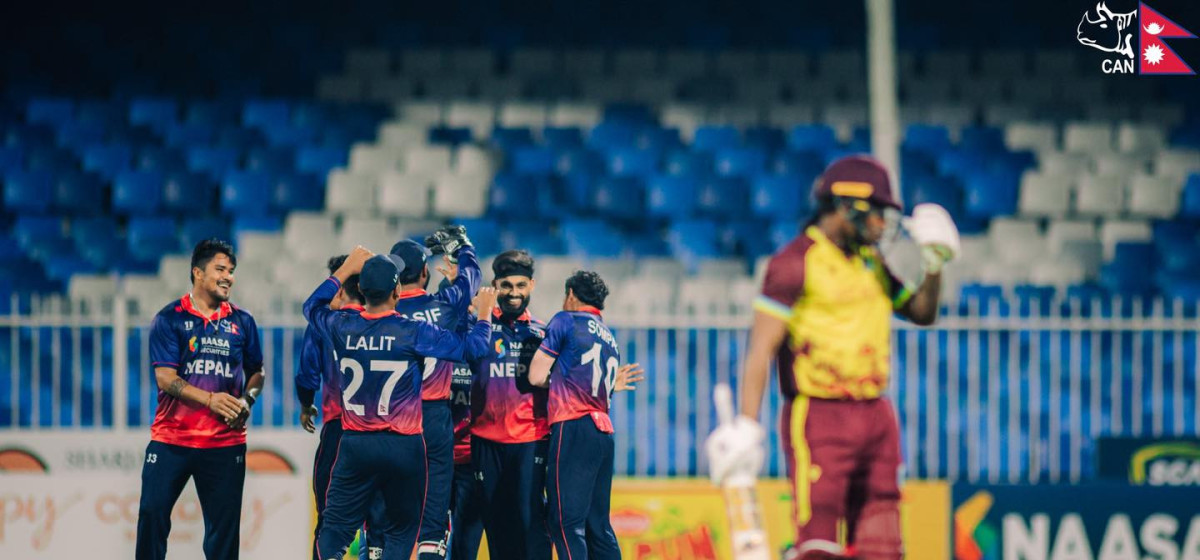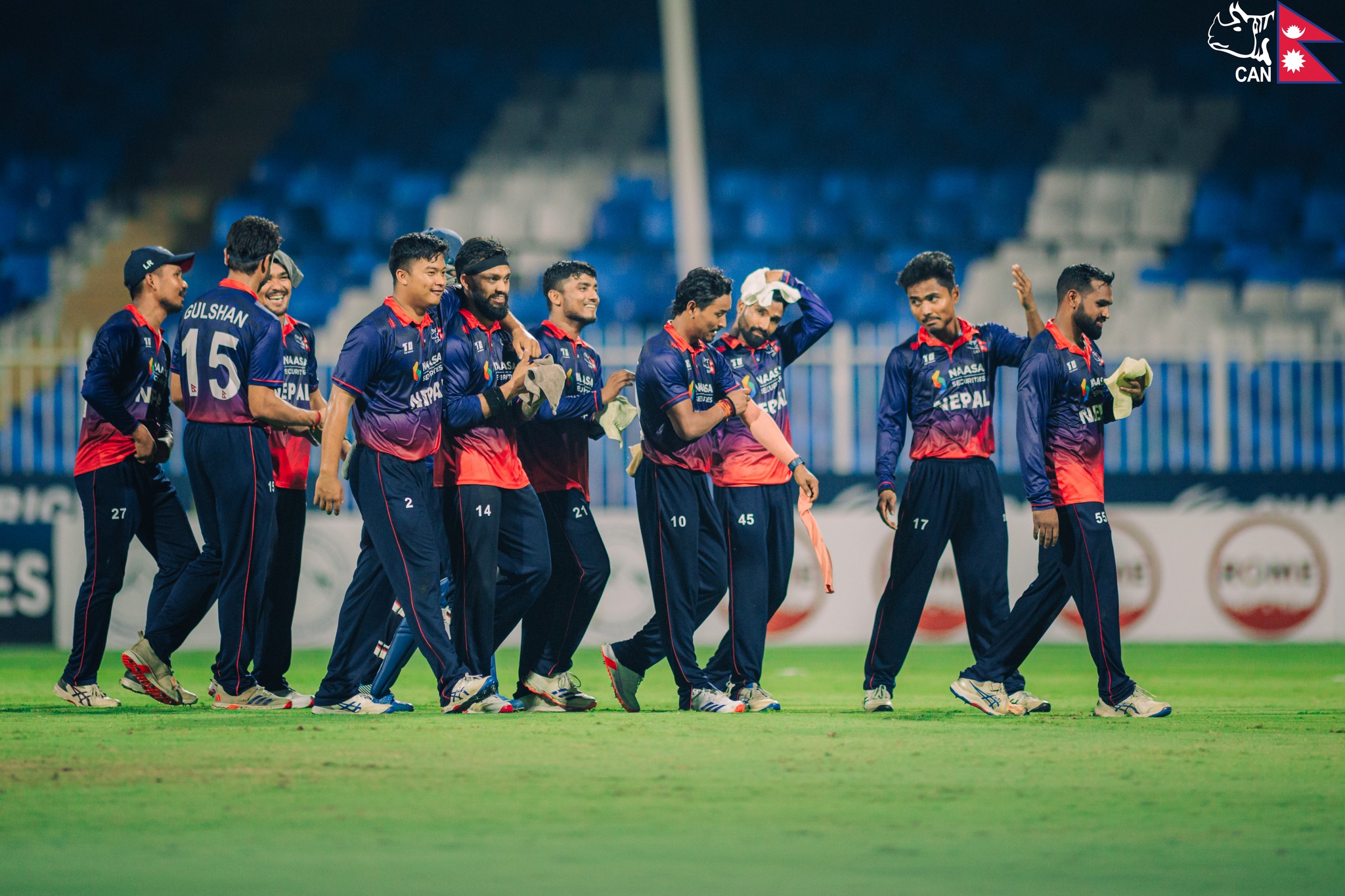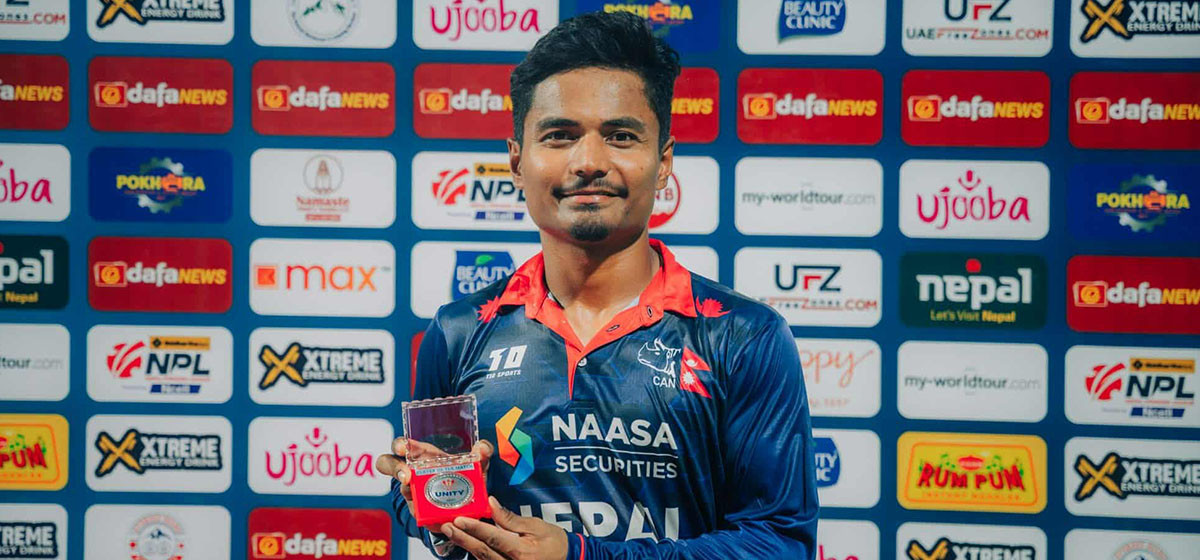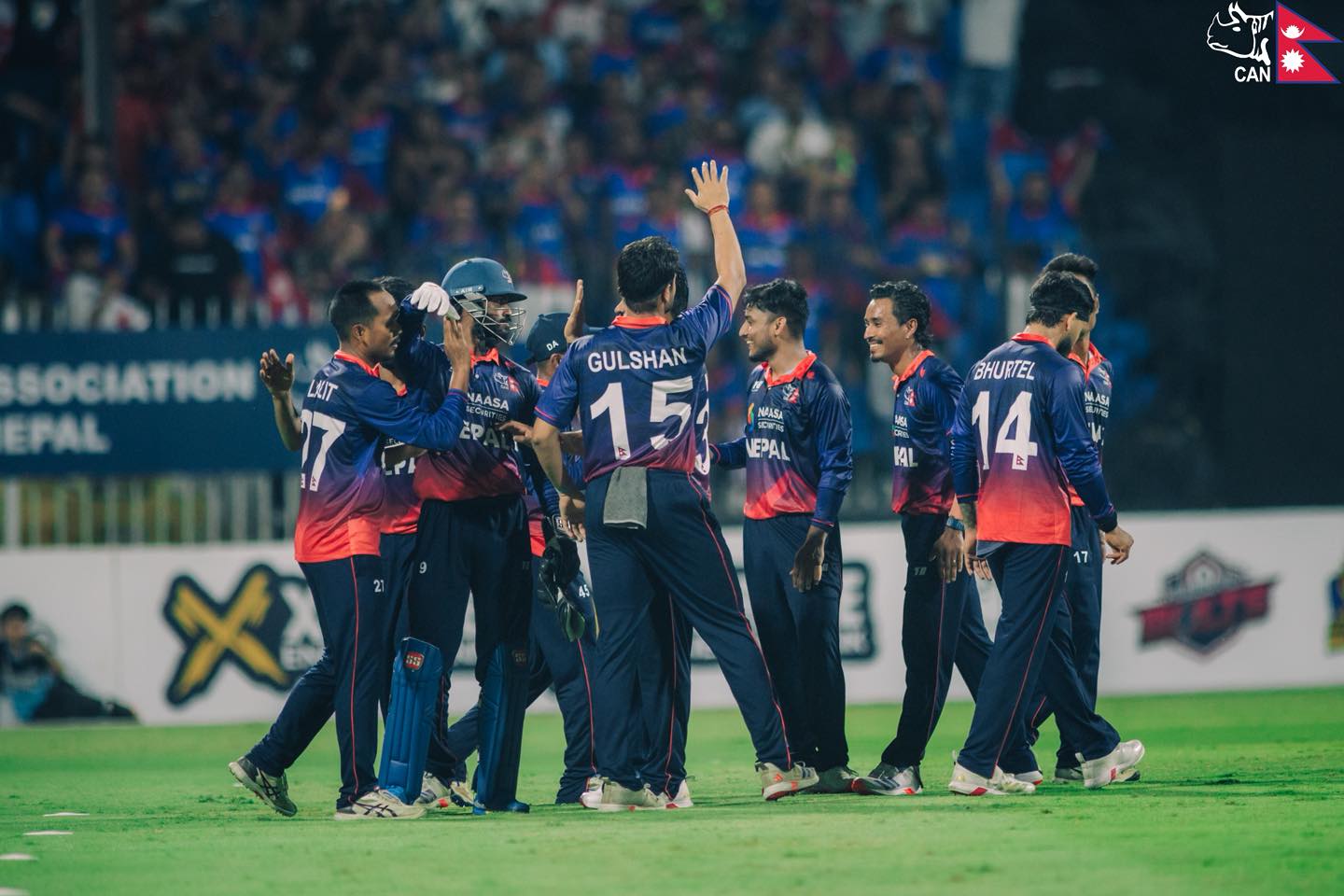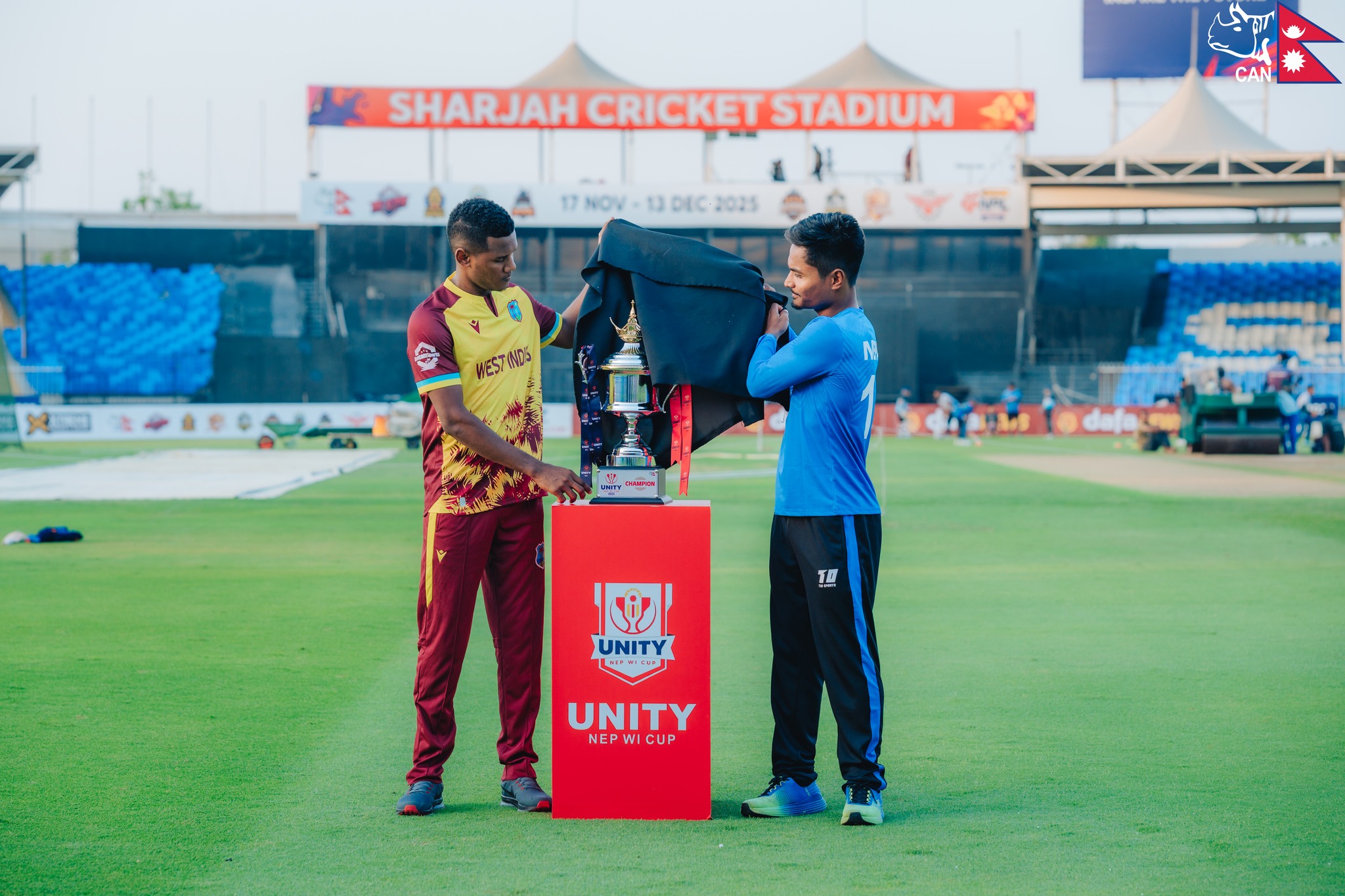Coming from a small town called Princeton, New Jersey, we're used to a lifestyle of comfort, and at times, excess. We attend a small private school called Princeton Day School—an institution that prides itself in educating elite locals. Our system requires that every student complete 50 hours of community service during their four years of high school, but in an environment that encourages "giving back", most students exceed this requirement. Community service allows us to observe a world different than our own, and through this process we're able to both give and receive.With this ideal in mind, we spent last summer crafting a community service venture that we hope will last long after we graduate from high school. After three months of planning, experimenting, and web-designing, we created 'Made for Aid.' It was a simple concept: students donated their artwork and we sold it on our website. Then with the ultimate question of where the profits would go, we used the summer to research different organizations that we could donate to. When we introduced this project to our school, the support we received from our community was incredible. Students generously donated photographs and ceramic pieces, and therefore we were able to raise close to USD 10,000. During this time, the first earthquake had struck Nepal, so we restructured our initial plans to feed the country's need. As the school year came to an end, we had the desire to do more on-site work during the summer. Utilizing the community service grant that our school offered, we were able to book our plane tickets to Kathmandu.
We spent the first few days in Nepal evaluating the need of disaster-stuck zones around us. With the help of the American Society of Nepalese Engineers as well as the American Medical Foundation, we were able to visit different regions around Kathmandu and Sindhupalchowk Districts that were healing after the earthquake. We observed the multi-faceted problem that the earthquake introduced. From healthcare to housing, the townspeople lacked basic resources. As we began to understand this, we spent our time volunteering at health camps, providing villagers with hygienic supplies.
Through our eyes, village life seems modest and sometimes unsanitary. While in Sindhupalchowk, we found that villagers were more eager to find a place to sleep than to stay clean. By providing basic necessities such as toothbrushes, toothpaste, soap, and sanitary pads, we felt a sense of gratification towards such items and satisfaction in distributing them to almost 350 people. As we provided quick health check-ups to the villagers, we found that they were desperate to see a doctor. Although we assured that we would care for all of them, they were anxious to get to the front of the line out of an underlying fear that they wouldn't get the chance. Our time at the health camp showed us the desperate need for healthcare in these earthquake-struck areas. We had not expected such an outcome when we first arrived there, but once we left we truly believed we had accomplished something.
Towards the end of our first week, we found an organization called ArTree, stationed in Bhaktapur's Thulo Byasi. While the majority of financial aid is generally allocated to rebuilding, ArTree focuses on post-earthquake trauma. Through art therapy, ArTree helps these victims piece together their lives and express their emotions. After meeting an ArTree leader named Sheelasha, we learned more about how we could collaborate with them. We also walked through the rubble-filled streets of Bhaktapur where we met Kesari, a woman knitting hats in a small house. Being the mother of two boys, she was struggling to make ends meet. When we heard more about her daily life, we were able to get a clearer picture of how we could help. Kesari didn't have the money to pay for both her children's annual school tuition, so when we realized how affordable it was for Made for Aid, we were eager to help her meet ends. "I feel like I'm dreaming," she said, after we explained that we could pay.
The fact that something so affordable for us could make such a tangible impact in someone else's life was exhilarating, and undoubtedly one of the highlights of our trip. Upon meeting more children in Bhaktapur, we decided that we could help up to three more children with their tuition—something that seemed small but felt incredible.
With the money we had left, we wanted to help with rebuilding efforts. After talking to a few people, we decided to fund the construction of six homes and one school in Sipapokhari, Sindhupalchowk. These six homes were made specifically for the Dalits, or untouchables. In a system that still considers caste, Dalits frequently don't have basic resources. By targeting construction for this group, we tried to make the post-earthquake relief effort more equitable.
Our two weeks in Nepal weren't very long, but in these two weeks we've experienced an entirely new world. Not only have we been able to see what the country is going through, but we have also been able to see the fluidity with which it is bouncing back. We have learned from the sense of community that runs through the country, and we're so grateful to have been welcomed into this community. As we return to our lives in America, we hope to continue Made for Aid and help the people that we have formed bonds with. And though we will be 7,542 miles away, Nepal's resilience will always keep us close.
Uditi and Malavika are Class 12 students at Princeton Day School in Princeton, New Jersey, USA, and co-founders of Made for Aid.
A Tribute to PL Dai: A beacon of selfless service


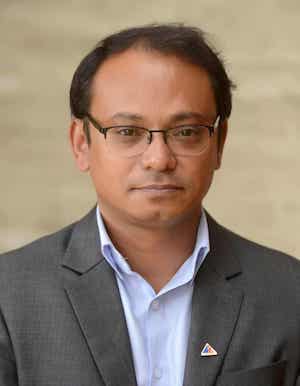
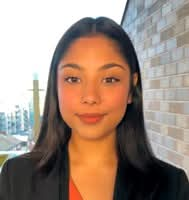


-1200x560_20240917101949.jpg)





